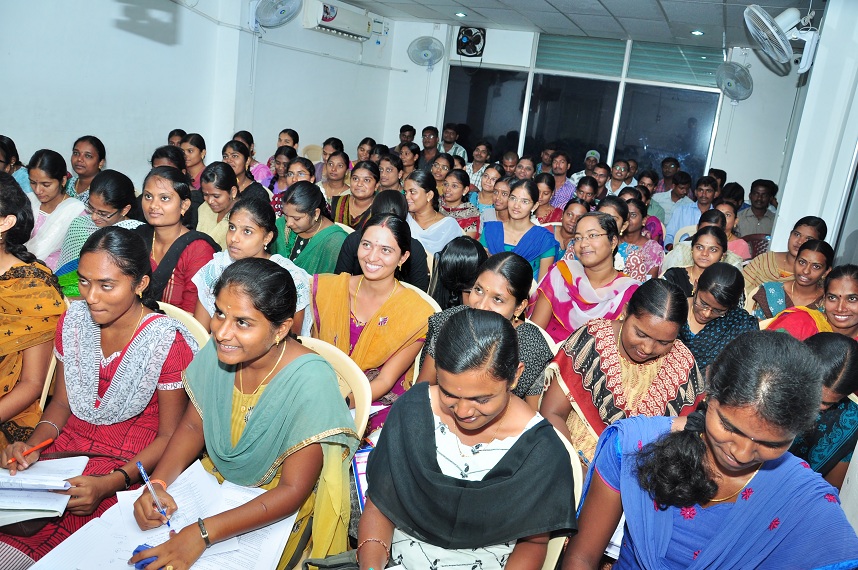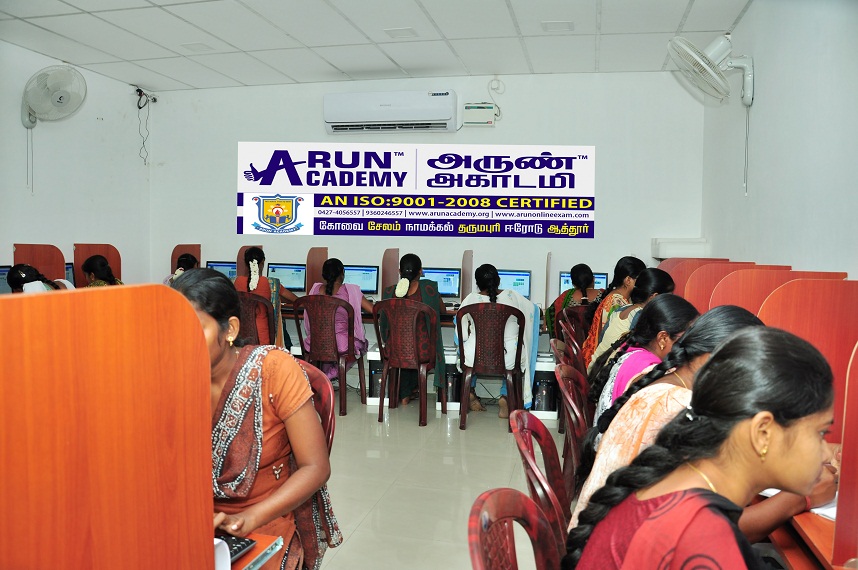- Remaining Timing :-
(1). Kalbelia, Bhavai is the dance of which state_________
- (a). Rajasthan
- (b). Andhra Pradesh
- (c). Odisha
- (d). Nagaland
- (e). None of these
Explanation:
Kalbelia dance is performed by Naachato Rajasthan the women's group of the Kalbelia community of Rajasthan. The main occupation of the community is catching snakes and trading snake venom. Hence, the dance movements and the costumes bear resemblance to that of the serpents. Dancers attired in traditional black swirling skirts sway sinuously to the plaintive notes of the 'been' — the wooden instrument of the snake charmers. Bhavai is an important dance form originated in Rajasthan. Bhavai is partly entertainment and partly a ritual offering to Goddess Amba, the presiding deity of Bhavai. In the courtyard of the Ambaji temple near Mount Abu, the Navratri festival is celebrated with bhavai. Bhavai according to some scholars is made up of two words: bhava means universe and aai is mother; together it means mother of the universe, Amba. Subtle social criticism laced with pungent humour is the specialty of bhavai. The pompous and incongruous behaviour of high caste people is scoffed at in bhavai. Probably the anger over injustice suffered by the originator of bhavai, Asaita Thakar, permeated the art of bhavai. Some of the bhavai plays present a scathing review of the caste-ridden social structure. People belonging to all levels of social strata are portrayed in bhavai.
(2). Bharata Natyam is the dance of which state_________
- (a). Tamil Nadu
- (b). Odisha
- (c). Andhra Pradesh
- (d). Maharashtra
- (e). None of these
Explanation:
This is a classical Indian dance form is popular and nurtured in the Indian state of Tamil Nadu. This dance form denotes various 19th and 20th century reconstructions of Sadir, the art of temple dancers called Devadasis. Sadir in turn, is derived from ancient dance in the treatise Natya Shastra by Bharata of fourth or third century BCE. A possible origin of the name is from Bharata Muni, who wrote the Natya Shastra to which Bharathanatyam owes many of its ideas. This etymology also holds up to scrutiny better since Bharathanatyam is pronounced with short (kuril) forms of "bha", "ra" and "tha" whereas each of "bhavam", "ragam" and "talam" contain the long (nedil) forms. Hence the initialization proposed above is more probably a backronym. Bharatanatyam is a reworked dance-form from the traditional "sadir" known for its grace, purity, tenderness, and sculpturesque poses.
(3). Kummi is the dance of which state_________
- (a). West Bengal
- (b). Tamil Nadu
- (c). Jammu & Kashmir
- (d). Odisha
- (e). None of these
Explanation:
The womenfolk of Tamil Nadu have three closely related dances, which can be performed at any time but are seen at their best during festivities. The simplest of these is the Kummi, in which the dancers gather in a circle and clap their hands as they dance. As an extension to this is the Kolattam, where instead of clapping, the participants hold small wooden rods in their hands and strike these in rhythm as they dance.
(4). Mayil Attam is the dance of which state_________
- (a). Jammu & Kashmir
- (b). Odisha
- (c). Tamil Nadu
- (d). Nagaland
- (e). None of these
Explanation:
This is done by girls dressed as peacocks, resplendent with peacock feathers and a glittering head-dress complete with a beak. This beak can be opened and closed with the help of a thread tied to it, and manipulated from within dress. Other similar dances are, Kaalai Attam (dressed as a bull), Karadi Attam (dressed as a bear) and Aali Aattam (dressed as a demon) which are performed in the villages during village get-togethers. Vedala Aattam is performed wearing a mask depicting demons.
(5). Oyilattam is the dance of which state_________
- (a). Nagaland
- (b). Odisha
- (c). Andhra Pradesh
- (d). Tamil Nadu
- (e). None of these
Explanation:
Meaning Dance of Grace, was traditionally a dance where a few men would stand in a row and perform rhythmic steps to the musical accompaniment, with the number of dancers increasing; over the past ten years women have also started performing this dance. Typically, the musical accompaniment is the Thavil and the performers have coloured handkerchiefs tied to their fingers and wear ankle bells.
(6). Hojagiri is the dance of which state_________
- (a). Nagaland
- (b). Tripura
- (c). Andhra Pradesh
- (d). Rajasthan
- (e). None of these
Explanation:
Hojagiri is a reflection of the age-old culture and the unique style of dance of the Reang community of Tripura. Only lower half of the body is moved to create rhythmic movements. Dancers performing unusually amazing acrobatic feats is the main highlight of the dance. Reang girls twist and turn and dance in time to the compelling rhythm, sometimes dancing on an earthen pitcher or balancing a bottle on the head with a lighted lamp on top of it.
(7). Charkula is the dance of which state_________
- (a). Odisha
- (b). Maharashtra
- (c). Andhra Pradesh
- (d). Uttar Pradesh
- (e). None of these
Explanation:
Charkula is another folk dance of the state. The dance of Charkula involves a female dancer balancing a column of lighted deepaks over her head while dancing.
(8). Kathak is the dance of which state_________
- (a). Rajasthan
- (b). Andhra Pradesh
- (c). Uttar Pradesh
- (d). Nagaland
- (e). None of these
Explanation:
Uttar Pradesh is the place where Kathak, one of the six foremost classical dances of India, flourished. The word Katha, from which the name is derived, means story. It originated in northern India, during the 7th century A.D. Kathak has very intricate and complex movements of hands and feet along with facial expressions. The footwork is accompanied by the music of various percussion instruments such as tabla and pakhwaj, which are native to north India. Other dance forms of Uttar Pradesh are largely folk traditions expressed in theatrical forms, such as:- Ramlila is one such art form dealing with the life of Lord Rama and includes dance and theatre performance. Braj Raslila is associated with the life of the lover-God, Lord Krishna. Charkula is another folk dance of the state. The dance of Charkula involves a female dancer balancing a column of lighted deepaks over her head while dancing. Rasiya describes the love of Radha and Shri Krishna. Charkula and Rasiya are native arts of the Braj region of the state.
(9). Dadra is the dance of which state_________
- (a). Odisha
- (b). Uttar Pradesh
- (c). Andhra Pradesh
- (d). Maharashtra
- (e). None of these
Explanation:
Dadra is an extremely popular dance form of Uttar Pradesh and North Bihar. Traditionally Dadra has always been a dance form with sexual overtones. This dance has a unique style where the singers give playback to the artists dancing and lip-syncing on the stage. Most of the times the theme of Dadra revolves around nuptial and sexual bliss. So, these are some of the famous dances in Utter Pradesh.
(10). Karma is the dance of which state_________
- (a). Uttar Pradesh
- (b). Odisha
- (c). Tamil Nadu
- (d). Nagaland
- (e). None of these
Explanation:
Karma is the dance form of tribal. This dance form is very famous in Bundelkhand region. Most of the times local; deities are evoked in this dance form that is also widely spread among the tribal belt of Chhattisgarh, Madhya Pradesh, Gondwana and Jharkhand.







